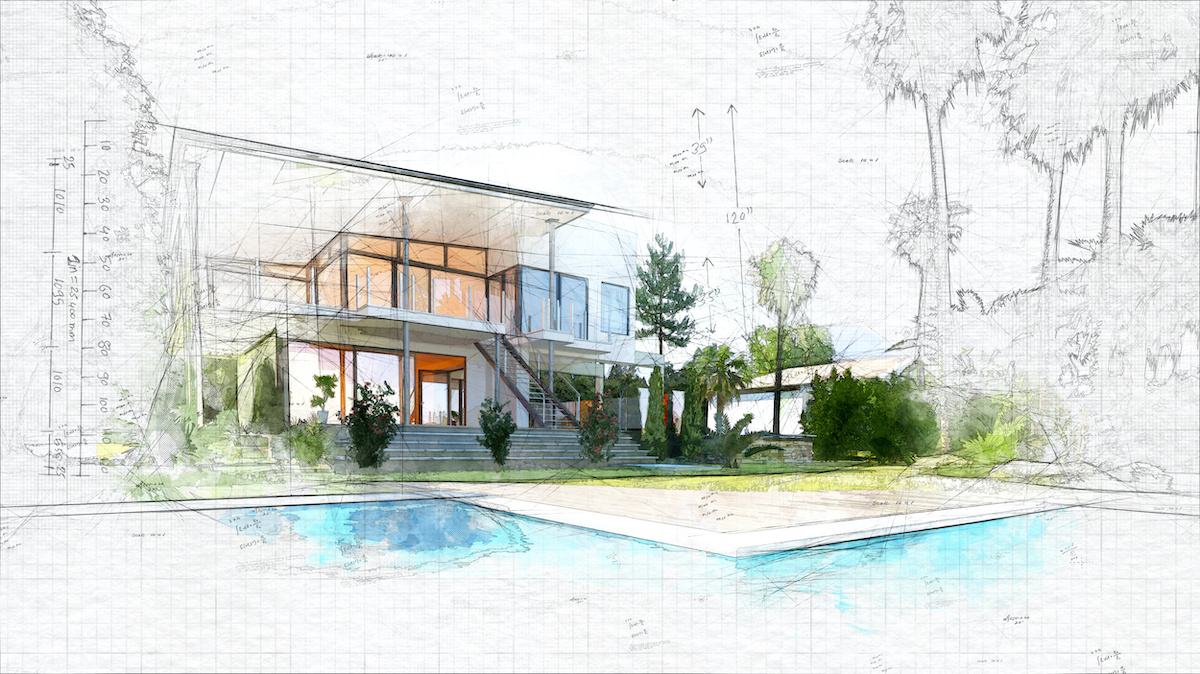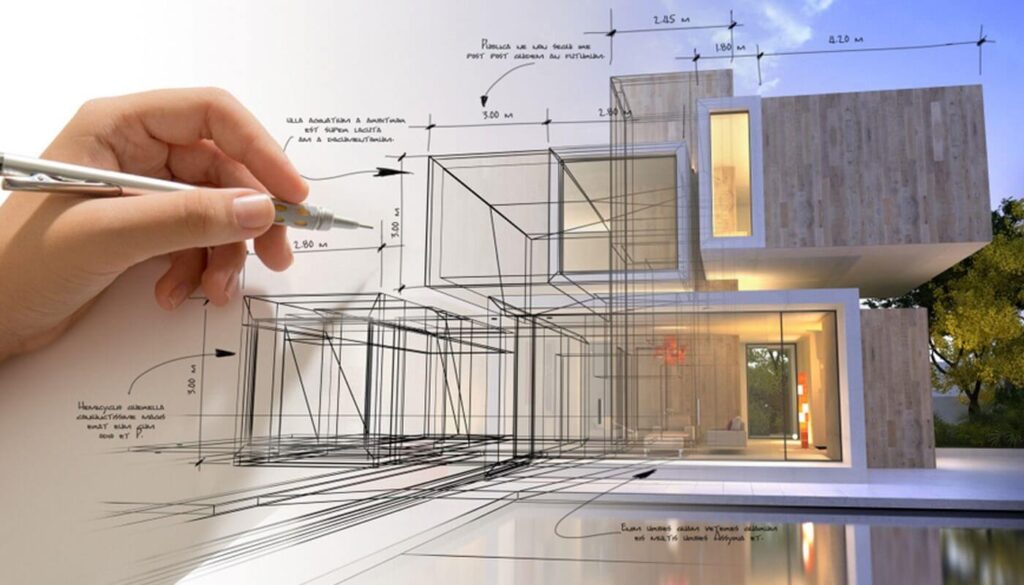Discover Ingenious Designs with Leading CDA Architects for Your Next Job
Discover Ingenious Designs with Leading CDA Architects for Your Next Job
Blog Article
A Comprehensive Overview of Architectural Styles and Their Influence on Modern City Planning and Development
Architectural styles have long worked as a mirror to the social values and technological improvements of their time, playing an essential role fit contemporary city preparation and development. From the magnificence of Neoclassicism to the utilitarian technique of Brutalism, each style has introduced one-of-a-kind concepts that influence city aesthetic appeals and performance. As modern obstacles arise, including sustainability and community needs, comprehending these historic structures comes to be essential. The resulting dialogue not just informs future design practices yet likewise increases significant concerns about the balance between heritage and innovation in our developing city landscapes.
Historical Introduction of Architectural Styles

As cultures transitioned via the Middle Ages, Gothic architecture emerged, characterized by its verticality and intricate describing, matching the spiritual ambitions of the era. The Renaissance noted a revival of classical perfects, combining art and design in cutting-edge manner ins which influenced succeeding designs across Europe.

Today, architectural styles continue to develop, driven by globalization and sustainability concerns, showing a dynamic interplay in between heritage and advancement. This historical summary emphasizes the relevance of design as a mirror of societal advancement and as a stimulant for city development.
Trick Architectural Styles Explained
The variety of building designs mirrors the myriad impacts that form our developed setting, each personifying unique features and cultural values. Trick building designs include Classical, Gothic, Baroque, Innovation, and Postmodernism, each representing one-of-a-kind historic contexts and visual philosophies.
Classic design, rooted in old Greece and Rome, stresses proportion, percentage, and making use of columns (cda architects). On the other hand, Gothic design, prospering in the Center Ages, is defined by pointed arches, ribbed vaults, and flying buttresses, creating an ethereal quality in cathedrals. Baroque architecture, emerging in the 17th century, is marked by majesty, elaborate ornamentation, and a dynamic interplay of light and darkness
Innovation, which obtained energy in the very early 20th century, focuses on feature over type, using new products like steel and glass to create minimalist structures. Postmodernism, reacting versus the austerity of Modernism, welcomes eclecticism and historic referral, usually including lively aspects and paradox.

Effect On Urban Preparation
In forming the growth of cities, architectural designs substantially affect city preparation decisions. cda architects The option of building style often dictates the aesthetic appeals, capability, and general character of urban environments.
In addition, architectural designs can influence zoning laws and land use plans. Urban planners need to think about the dominating building trends when developing districts, making sure that new advancements balance with existing frameworks. This factor to consider fosters cohesive urban landscapes and improves community identification.
The implementation of specific architectural designs can also affect socioeconomic elements within a city. As an example, premium modern styles might attract wealthy homeowners and organizations, leading to gentrification, while a lot more economical housing options could prioritize sensible and lasting designs to fit varied populaces. Inevitably, the interaction between architectural styles and urban planning develops dynamic cities that show both historic context and modern demands, forming the lived experiences of their occupants
Sustainability and Modern Design
Architectural styles play a pivotal duty in attending to contemporary challenges, especially in the realm of sustainability. As urban locations increase and environmental problems escalate, contemporary style increasingly welcomes lasting style concepts that prioritize power performance, resource conservation, and minimal environmental influence.
Contemporary architectural movements, such as biophilic layout and green architecture, advocate for structures that balance with their surroundings, utilizing natural materials and advertising biodiversity. These styles often integrate renewable energy resources, such as solar panels and wind generators, to lower dependence on fossil fuels and lower carbon footprints.
Furthermore, the combination of advanced innovations, such as wise building systems, enhances power management, enhancing resource usage while ensuring owner comfort. Innovative water monitoring methods, including rainwater harvesting and greywater recycling, further add to lasting urban settings.
Especially, sustainability prolongs past environmental concerns; it includes social and financial dimensions as well. By fostering area health and advertising inclusivity, contemporary architectural designs straighten with lasting growth objectives. The evolution of building techniques continues to shape resilient cities that not just satisfy the requirements of the present yet likewise protect the future for generations to come.
Neighborhood Interaction in Design
Area interaction in style acts as a crucial bridge in between designers and the populaces they offer, guaranteeing that the built setting shows the needs and ambitions of its users. This joint procedure invites area members to add their insights and choices, promoting a feeling of ownership and obligation towards the areas they occupy.
Effective neighborhood engagement utilizes various methods, such as workshops, studies, and public forums, to collect diverse point of views. These approaches assist in why not look here a two-way dialogue, allowing designers to understand local contexts while encouraging citizens to voice their worries and desires. This inclusivity not only boosts the design top quality however additionally promotes social equity by attending to the unique difficulties encountered by marginalized teams.
Furthermore, area interaction can cause innovative services that may not arise in a traditional style procedure. By incorporating neighborhood knowledge and cultural values, designers can develop rooms that reverberate more deeply with individuals, boosting use and sustainability. Ultimately, prioritizing neighborhood interaction in layout procedures causes atmospheres that support social communications, assistance health, and strengthen community ties, thereby playing a critical duty fit modern metropolitan landscapes.
Verdict
Architectural designs have actually profoundly affected contemporary city planning and growth, why not try these out reflecting evolving social and technological contexts. As cities continue to grow and adapt, the ongoing discussion between architectural heritage and modern layout principles will certainly stay vital in creating comprehensive, dynamic spaces that boost top quality of life and promote social equity.
Report this page